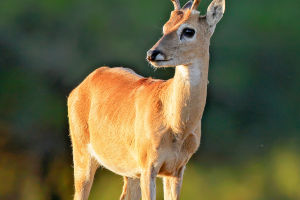Swans, admired for their elegance and majesty, stand out as large, graceful birds featuring striking white plumage. They are among the most sizable wandering birds, measuring approximately 1.5 meters in length and weighing over 10 kg.
Their bodies are adorned with pure white feathers, contrasting with their mostly black beaks, which are highlighted by a distinctive yellow upper section extending to the nostril area.
With their relatively long heads and necks—about half their body length—swans are a remarkable sight. They belong to the genus Cygnus within the Anatidae family, which includes water birds like ducks and geese.
Cygnus is notable for being the largest genus of wandering birds, with its members commonly known as swans.
Swan species or subspecies are found across all continents except Africa. The northern hemisphere is home to the four white swan species, often collectively referred to as Mute Swans or Northern Swans.
Despite their name, Mute Swans are not entirely silent; they communicate through a range of sounds including grunts, hisses, and honking calls. These vocalizations are crucial for individual communication, territory establishment, and mate attraction.
Swans are celebrated not just for their physical beauty but also for their cultural and mythological significance. In various cultures, they symbolize love, purity, and fidelity, and have been immortalized in art and literature, like in "Swan Lake" and "The Ugly Duckling."
Behaviorally, swans are typically monogamous, forming lasting pair bonds. They can be aggressively protective, particularly during breeding seasons, guarding their territories against others, including humans and boats.
However, swans face significant threats such as habitat loss, pollution, and hunting. In some regions, Mute Swans have become invasive, competing with native waterfowl. Despite these challenges, conservation efforts are underway to safeguard swan populations and their habitats.
In summary, swans are not only captivating in their beauty and grace but also hold profound cultural and ecological importance. These magnificent birds, whether observed in the wild or appreciated from a distance, symbolize the splendor of the natural world and underscore the vital need for conservation and preservation.


